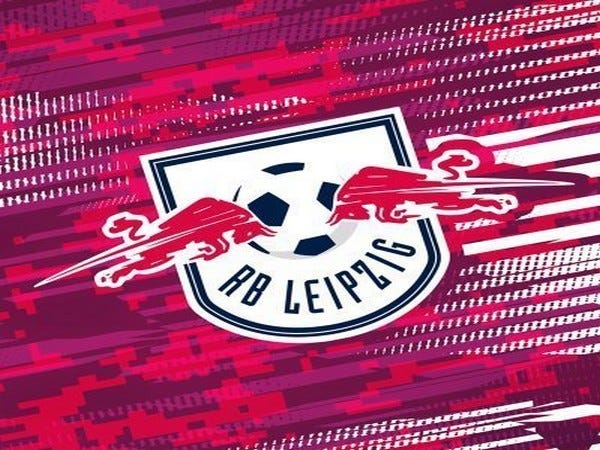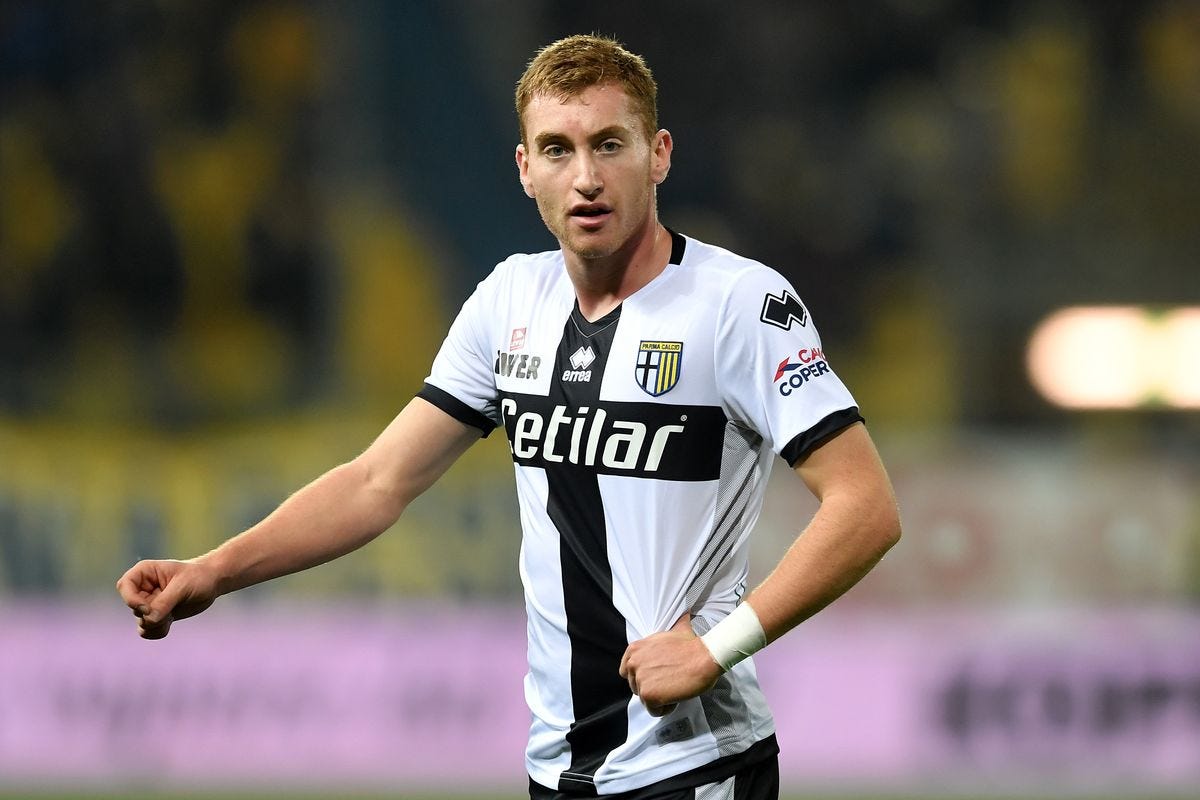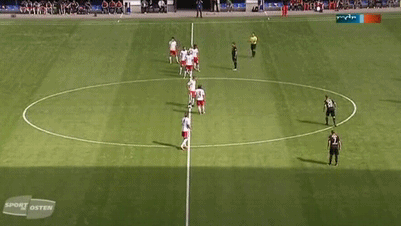Hello from The Weekend Beer!!👋
If you didn’t know, The Weekend Beer is a newsletter that hits your inbox every Sunday with essays on the history and business of football- with a pint of Beer.
So sit back, relax, and enjoy today’s issue of your Weekend Beer.
The Bundesliga is now part of the “Big Five” Leagues in the world. But this wasn’t always the case.
Before 1960, German football was mostly limited to amateur players. To address this, the DFB (Deutscher Fussball Bund) formed the Bundesliga in 1962. A year after the Berlin Wall had already divided Germany into the East and the West. In 1963, the Bundesliga hosted its first full season.
To read more about Eastern football in Germany, you can read a previous essay here.
Currently, the Bundesliga has 36 clubs playing in two separate leagues, Bundesliga 1 and Bundesliga 2. The clubs are owned and operated by their members, who hold voting rights.
The clubs operate under the 50 + 1 rule. Until 1998, German football teams were not-for-profit organizations run by member associations. Private ownership of any kind was disallowed. This changed with the birth of the 50+1 rule.
This rule requires that clubs be controlled by its members with at least 50% + 1 of all votes.
Simple mathematics would suggest that commercial investors cannot hold more than 49% of stakes in a club. This rule was put in place to discourage outside – either foreign or corporate ownership - interests from taking control of the German clubs.
There are two exceptions to this rule in the Bundesliga. Football clubs VFL Wolfsburg and Bayer Leverkusen do not follow the 50+1 rule.
Football club Bayer Leverkusen was founded by the factory workers of pharmaceutical giant Bayer in 1904 to play football in their free time. They begged Bayer to support them financially, which they very reluctantly did. Once Bayer realized the money-making potential, it was a different story. By the time the Bundesliga started, Bayer Leverkusen was already a well-established club in the top leagues.
Here is where things get interesting. In order to incorporate clubs like Leverkusen and Wolfsburg (Wholly owned by Volkswagen), an exception was made.
“Any person or company which significantly contributed to a club’s development for over twenty years may hold a majority of the said club”. This exception was availed in 2014 by TSG Hoffenheim when software billionaire Dietmar Hopp was allowed to take total control of Hoffenheim after investing consistently for over two decades.
Fans v Money
The 50+1 Rule has shown that German football has remained true to its fans. Of all the big five leagues, the Bundesliga has the lowest ticket prices. Football is seen as a sport which brings people from all over Germany together. Across all ages. Across all classes of income.
It’s not surprising therefore that the corporate ownership model has faced resistance in the Bundesliga. One of the main reasons is a perceived fear of loss of ownership over the club by the members. For them, the club is just like their own home.
Corporate partnerships are a big deal in football. Big corporate war-chests look attractive but are certainly not cheap. For instance, Bayern Munich offered Bavarian-based Allianz Insurance a seat at the table and naming rights of the Stadium for a sum of 110 million Euros.
We will see in more detail the Bayern Model a little later. For now, let’s just say that corporate money is hard to turn down. Clubs can renovate stadiums, payout debts, attract talent, and develop local youth academies. But it’s not all about the money though. Corporate partnerships bring in a business perspective to clubs making them financially stable. Members, passionate as they are, might lack the business acumen required to keep a club afloat.
Though a corporate partner though looks attractive on a balance sheet, it doesn’t quite help the members as such. Each club under the 50+1 rule has in excess of over 100,000 members. But what would happen if this rule were to be circumvented?
Well, for one, tickets and stadium prices would skyrocket. Away games could become exorbitant. Owners might want to play games at absurd times in order to get better TV rights in big foreign markets. Some owners might take money out of the club or take loans on club assets to finance their other endeavors.
Having a major corporate partner in a major footballing league bodes well for any club brand. The Bundesliga is no different. It’s good news for the DFB and DFL when a team like RB Leipzig plays in the Champions League. They have the money to pull off massive transfers, they are effective in their scouting methods and will inevitably contest with Europe’s finest. This is only the start. A new age of German football is perhaps on the rise. And RB Leipzig might just be at the center of it.
The Red Bull Story

The largest city in erstwhile East Germany, Leipzig hosted the first-ever meeting of the DFB in the winter of 1900. Leipzig’s German University for Physical Culture conducted extensive research on high-performance training drugs and illegal doping in the Olympics.
In the 1950s, the East German faithful gathered for games in the old Zentralstadion, the shell of which still surrounds the Red Bull Arena. By the time Red Bull turned its attention to Leipzig in 2009, the club was plying along in the German fifth division. Red Bull changed the team’s name, its logo and its colors, It also bought a 10-year lease on the city’s 43,000 seat-stadium and began its journey to the top of German Football.
In just eight seasons, RB Leipzig reached the Bundesliga. By the tenth, it was competing in the Champions League.
Leipzig’s rise has been monumental yet German fans do not seem to quite enjoy it. But why is that?
Do you remember when I said earlier that Red Bull changed the name of the club and its logo?
The club playing in the German fifth division -SSV Markranstadt would now be known as RB Leipzig. This is where Red Bull got really creative. They named it RB Leipzig- the RB abbreviated for Red Bull. You’d be right to think so. Except you’d be wrong. The RB actually stands for Rassenballsport. But it’s so easy to think that RB stands for Red Bull right? Well, that’s what they wanted.
You see, the DFL doesn’t allow any advertisements in the club logo or the club name. Leipzig circumvented it by giving the name “Rassenballsport” to RB. Red Bull also had the Red Bull logo when they were in the lower tiers. When the DFL asked them to change their badge, everyone expected them to remove those two bulls. Instead, they simply changed the yellow dot between the bulls to a football.
You remember the 50+1 rule I spoke about earlier? RB Leipzig got away with it on a mere technicality. They consist of only 17 members who “own the club”. Whereas in fact, they are all Red Bull employees. They excluded fan ownership (or kept the prices exorbitantly high) so that they could directly run Leipzig as a de-facto subsidiary for Red Bull. Red Bull issued a small number of shares, buying 49% of them itself, leaving the remaining 50+1 to the 17 “members”.
This is not to say success came easy to them.
Barred from using the Red Bull logo, the club played its first season in the fifth division without any logo at all. The attendance was low. After a quick promotion, it languished for three seasons in the fourth division before moving to the third.
Their fortunes changed for the better with the arrival of Ralf Rangnick who had been hired as manager. Previously, Rangnick had engineered two successful Bundesliga promotions at Hannover 96 and Hoffenheim. Now he used the massive Red Bull war chest to scout Europe’s finest young talent.
They spent €1.6m on a player from Sweden’s top flight in Yussuf Poulsen- while being in the third division. They got Swedish wunderkind Emil Forsberg while being in the second division. Right from the offset, Red Bull made its intentions known very clear.
Red Bull’s ability to use their clubs in other countries- in Austria, and New York, South America, and Africa meant cheaper players operating within a closed Red Bull empire.
But what does such a corporate ownership model mean for German football?
Corporate ownership in itself is not fatal to the game of football. It’s the extreme corporate influence which is the problem. There has to be a balance between member-based ownership and corporate ownership.
An Alternate Model?
In comparison to Leipzig’s 17 members, Bayern Munich has 293,000 members who own 75 percent of the club. The remaining 25% is owned by Audi, Adidas, and Allianz.
Allianz Insurance was the latest equity partner to join hands with Bayern in a massive 110 million Euro deal. Bayern’s partnership with Audi and Adidas already placed them at the very top of European football. Both in terms of football pedigree as well as financial stability.
Bayern Munich is the fourth richest club in the world and the most financially stable in Germany. A majority of Bayern’s revenue comes from sponsorship and other commercial rights.
Whereas most successful European clubs have sizable television contracts, Bayern generates less than the typical big clubs from media revenues. Another key to Bayern’s success is its philosophy “not to spend more than [they] generate,” as CEO Karl Heinz Rummenigge mentioned to Bloomberg. Since his takeover in 1991 Bayern has been strictly following this philosophy.
Despite committed fans and sponsors, it is Bayern’s ownership structure that differentiates it from other Bundesliga clubs. While most clubs are owned solely by the members, Bayern partnered with German sports apparel firm Adidas in 2002, selling the corporate giant 9.1% ownership and a seat on the board for 75 million Euros.
As a local company, Adidas had been the apparel sponsor for Bayern Munich for years and was a clear fit when the organization sought to bring in a corporate owner. Then in the 2010/11 season, a deal was struck with another local corporation, automobile manufacturer Audi, which provided them a 9.1% ownership stake for 90 million Euros.
These deals not only brought money into the organization but also put members on the board who knew how to run a business. This, in turn, made Bayern’s business model more sustainable.
The most recent partnership was confirmed on Feb 11, 2014. This deal gave Allianz Insurance, another regional Bavarian corporation, an 8.33% stake in the Bayern Munich football club.
This deal closed for 110 million Euros and was to be used to pay down debts on the new Allianz stadium and to redevelop the club’s youth academy. At the same time, Allianz extended its naming rights to the stadium to 2041.
With the money acquired from the partnership, Bayern was able to completely pay off the debt from the new stadium, and develop plans to reconstruct their youth and junior facility. After the Allianz purchase, each of the three corporations (Adidas, Audi, and Allianz) held an 8.33% equity stake in Bayern (Adidas and Audi’s stakes were diluted by the inclusion of Allianz). The other 75% of the club is still owned by its members in accordance with the 50+1 rule.
It is is important to note that each of these corporations is based in Bavaria, a region of Germany. From a local perspective, these Bavarian based companies benefit from the goodwill associated with Bayern Munich. They are perceived as giving back to their local community through the sponsorship of an elite football club. Globally, the companies benefit from the worldwide media presence that Bayern Munich has received due to its success on the pitch.
Money will always play a massive role in this value-driven society. Like all immaterial and intangible things, its power has to be kept in check. While also allowing Mr. Adam Smith’s invisible hand to make its move- at least in the football industry.
Did you know?? 🤔
Hans-Jörg Butt is the top-scoring goalkeeper in the Champions League with 3 goals? He scored for Hamburg, Bayer Leverkusen, and Bayern Munich, all penalties, all against Juventus.
Quiz 🧠
Q: Which footballer voiced Superman in the French Lego Batman movie?
Send us your answers to shounak594@gmail.com
As promised, last weeks’ answers are here:
Q: Which team qualified for the 1950 FIFA World Cup but refused to play because FIFA wouldn’t let them play barefoot?
A: India
Today’s Quote 😎
Interviewer: What would you be if you weren’t a footballer?
Peter Crouch: A virgin 🤣🤣
Player To Watch 🧐
Dejan Kulusevski

The Swedish winger of Macedonian origin was the first purchase by Sarri back in January for €44m (£40m) from Atalanta. Kulusevski became the youngest player in the top five European leagues to score nine goals and add nine assists in the 2019-20 season after impressing on loan at Parma.
Strike of the Day 🥅




